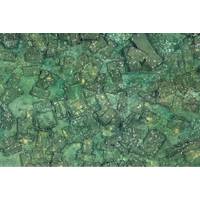
The Prolonged Impact of UXO
others haven’t been so lucky. Over 110 people have died from unexploded ordinance (UXO) dumped in the North Sea since 1945.A study reported in Marine Technology News this week investigated another risk such munitions pose. The south-western Baltic Sea has about 3,000 kilograms of dissolved toxic chemicals released from unexploded ordnance, according to the study by the GEOMAR Helmholtz Centre for Ocean Research Kiel. Unexploded ordnance contains toxic substances such as TNT (2,4,6-trinitrotoluene), RDX (1,3,5-trinitro-1,3,5-triazine), and DNB (1,3-dinitrobenzene), which are released into the seawater
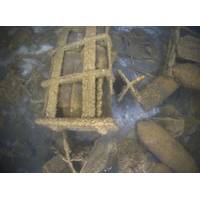
Unexploded Ordnance Could Contaminate Baltic Sea for 800 Years
The south-western Baltic Sea has about 3,000 kilograms of dissolved toxic chemicals released from unexploded ordnance, according to a new study by the GEOMAR Helmholtz Centre for Ocean Research Kiel.Most of this originates from deliberate dumping after the end of the Second World War. These dumping sites are well documented, with much of the ordnance lying visibly on the seabed, allowing it to be mapped and documented using underwater robots.The study highlights the long-term environmental contamination caused by unexploded ordnance in the south-western Baltic Sea.“Unexploded ordnance contains
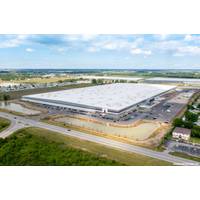
First Solar Bars Use of Deep-Sea Minerals
report on the risks of its diversity and inclusion efforts. But a group of Republican attorneys general renewed pressure on the company.Among ESG setbacks, Sanford Lewis, an attorney representing pro-ESG filers, cited a Nov. 29 U.S. Securities and Exchange Commission decision allowing Air Products and Chemicals APD.N to skip a vote on a lobbying report, reversing past stances.SEC representatives did not respond to messages. The agency's staff may have made the call due to views of Republican commissioners that the resolutions take up too much corporate attention, he said. But other cases suggest the

Teledyne Cable Solutions Receives 'Blue Thumb' Award
TCS has received the award for staying within categorical discharge limitations. To ensure compliance with City regulations, TCS takes educational steps with all employees that interact with the cooling water, does regular preventative maintenance of the equipment, and ensures proper use and storage of chemicals so that it doesn’t mix with the water. TCS has also invested in new or upgraded equipment, including water tank, pump, and filtration systems.George Andersen, VP, Teledyne Interconnect, says, “We’re very happy to have received this award. It reinforces our reputation as good corporate
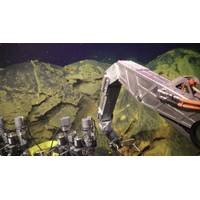
Low Gravity on Ocean Worlds Might Help Sustain Warm Water Circulation
; planets and moons that currently have, or have had in the past, a liquid ocean. Some of these ocean worlds may release enough heat internally to drive hydrothermal circulation - water that flows into the seafloor, circulates, and is warmed, and flows back out. On Earth, these flows can carry heat and chemicals, some of which are key to supporting lush seafloor ecosystems. These rock-heat-fluid systems were discovered on Earth's seafloor in the 1970s, and many scientists think they may exist elsewhere in our solar system - this is a topic of great interest, especially because there is potential to
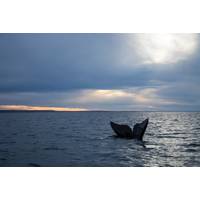
New Electrochemical Technology Could De-acidify the Oceans
two cycles: 1) the biological carbon cycle stores CO2 in plant matter and soils, and 2) the aqueous carbon cycle absorbs CO2 from the atmosphere into the oceans. Each of these cycles accounts for 25 per cent and 30 per cent of emitted CO2, respectively.CO2 that dissolves in the oceans reacts to form chemicals that increase the acidity of the oceans. The dissolution of minerals from rocks along coastlines act to counterbalance this acidity, in a process called geological weathering, but the extreme increase in the rate and volume of CO2 emissions, especially over the last 60 years, has far exceeded the
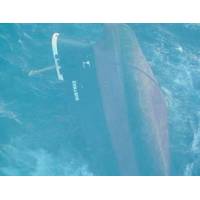
Rubymar Sinking Puts Coral Reefs At Risk
catastrophe the region has experienced in more than a decade, Sawalmih said.An overload of fertilisers can stimulate excessive growth of algae, using up so much oxygen that regular marine life cannot survive. This creates dead zones where nothing lives.Fertilizers often also contain traces of harmful chemicals which are toxic to marine life."Fishing communities along Yemen's Red Sea coast in Hodeidah and Taiz will be impacted by the contamination," said Mohammed al-Basha with U.S. analytics company Navanti Group. This could lead to lower catches and damage to livelihoods.Yemen's Iran-aligned
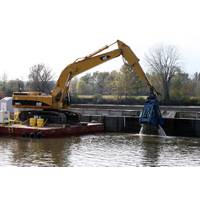
Officials Urge EPA to Remove Toxic 'Forever Chemicals' from the Hudson River
U.S. Senator Kirsten Gillibrand earlier this month stood with local leaders and environmental advocates at Albany City Hall to demand that the Environmental Protection Agency (EPA) take additional action to clean up polychlorinated biphenyl (PCB) “forever chemicals” in the Hudson River.PCBs are toxic manmade chemicals that can linger in water and soil for decades. Exposure is associated with a variety of serious health conditions, including cancer.From 1947 to 1977, General Electric dumped 1.2 million pounds of PCBs into the Hudson River north of Albany. In 1984, the EPA designated a
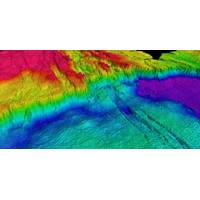
DISCOVERY: High-Res Mapping Tech Helps Find New Hydrothermal Vent Field
with up to 3-centimeter resolution. For comparison, the best shipboard sonar technologies create maps with 15- to 50-meter resolution in water depths of 1.5 to 3 kilometers.The finely detailed maps allowed scientists to locate new hydrothermal vents surrounding the Galápagos, characterize the chemicals they emit, and the animals that live on them. Fifteen species not previously known to live in the region were located by the science team, including a “living fossil” mollusc known as a monoplacophoran. They also examined a Pacific White Skate nursery which exists on low-temperature


 February 2025
February 2025





